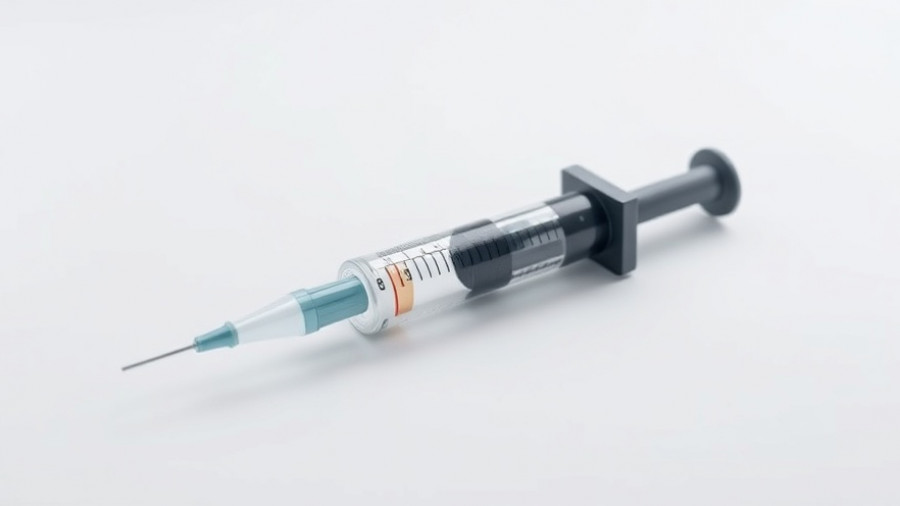
Understanding the Quilting Facelift Technique
The quilting facelift, a technique originally popularized in Brazil, has gained traction among aesthetic practitioners, particularly in the U.S. This technique, also known as hemostatic netting, involves placing sutures on the surface of the skin to stabilize it against the underlying fascia. This innovation addresses a common post-surgical complication: hematoma, or bleeding due to fluid collection. By eliminating the need for external drains, which can often complicate recovery, the quilting technique represents a significant leap forward in facelift procedures.
Minimizing Risks and Enhancing Aesthetic Results
With the rising popularity of facelifts, largely fueled by the recent surge in GLP-1 use among patients seeking preventive aesthetics, the need for methods that enhance safety and improve outcomes is paramount. The quilting technique effectively reduces the incidence of hematoma and diminishes the tension on the skin, significantly lowering the risk of complications such as skin necrosis. As practitioners look for reliable ways to enhance surgical outcomes, the quilted approach is quickly becoming a go-to procedure.
A Look at Current Trends in Aesthetic Procedures
The facelift landscape has been shifting, especially in a world increasingly influenced by aesthetic medicine and the desire for preventive treatments. Younger generation demographics are notably embracing preventive aesthetic procedures, which in turn has led to a growth in cosmetic surgery practices focused on less invasive but highly effective techniques, such as the quilting facelift. Medical spa owners should take note of these trends as they have significant implications for service offerings and marketing strategies in the aesthetics industry.
Future Predictions for Facelift Procedures
As the aesthetics market evolves, the demand for safe, effective, and minimally invasive surgical options will likely continue to rise. The quilting technique could lead to further innovations in facelift methodology, pushing the boundaries of what is possible in aesthetic surgeries. Practitioners looking to stay ahead should incorporate this technique into their practices to remain competitive in an ever-growing field.
Actionable Insights for Medical Spa Owners
For medical spa owners eyeing growth and success in the aesthetic field, staying updated with emerging techniques like the quilting facelift is imperative. Investing in training for staff on such advanced methods can enhance not only safety but also client satisfaction and aesthetic outcomes. This not only makes business sense but also positions your spa as a leader in the industry.
As the role of aesthetic practitioners continues to evolve, so does the importance of embracing techniques such as the quilting facelift. By doing so, professionals can boost patient trust, satisfaction, and overall practice efficacy in a post-Ozempic era. Understanding and implementing these techniques can be a game-changer in delivering superior aesthetic results.
Call to Action: To maximize client satisfaction and outcomes, consider integrating the quilting technique into your procedure offerings. Explore training opportunities for you and your team to familiarize yourself with this innovative approach.
 Add Row
Add Row  Add
Add 




Write A Comment